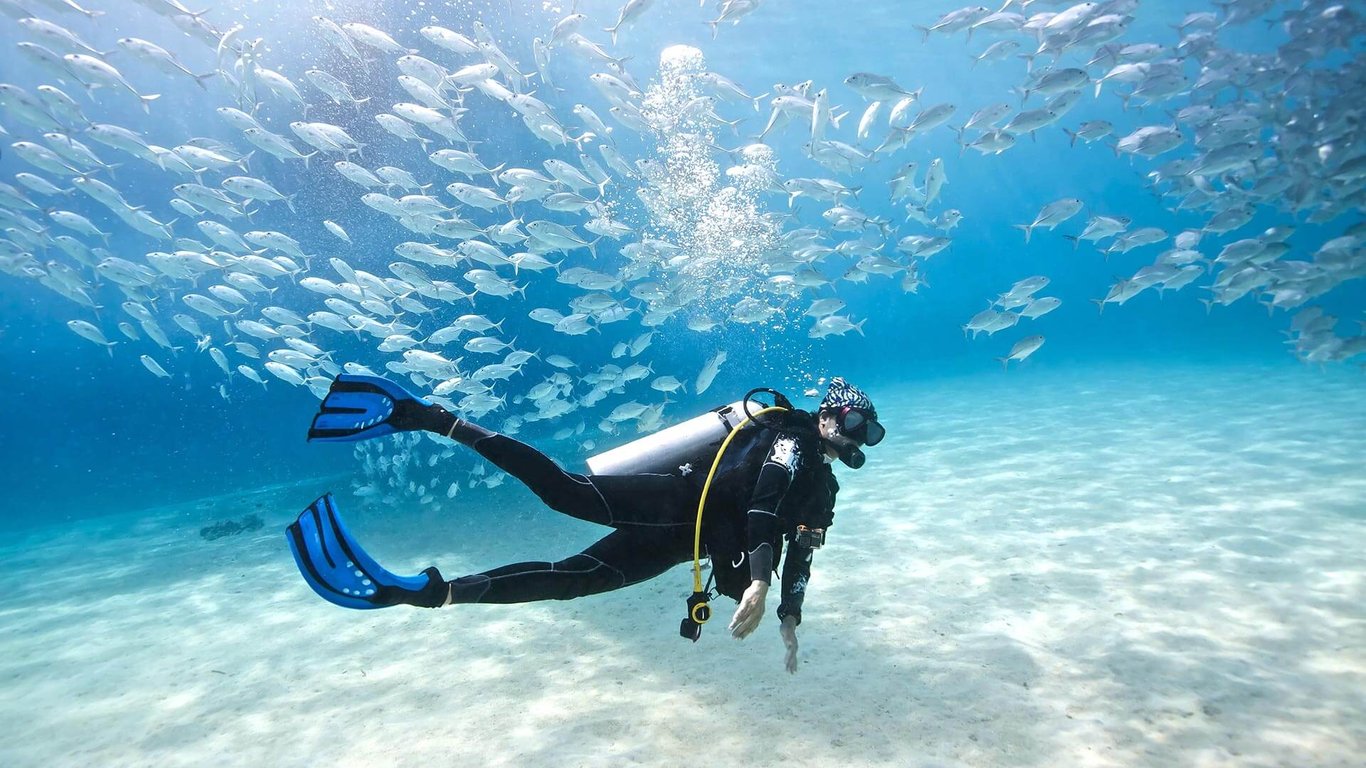Dive compressors explained
General Marine helps demystify this essential piece of dive equipment

What is a dive compressor?
A dive compressor compresses ambient air into high-pressure breathable air, which is then purified, cooled, and stored in scuba tanks or delivered to surface-supplied divers. It draws in air from the atmosphere, and subjects it to multiple compression stages to increase its pressure, followed by filtration and separation processes to remove moisture, oil, and other contaminants. This process creates clean, dry, and safe breathing gas essential for underwater diving.

How does it work?
Air intake: First, the compressor draws in air from the surrounding atmosphere.
Cooling: Between stages, the air is cooled to reduce heat buildup from the compression process.
Filtration and Separation:
- Moisture separators: These remove condensed water vapour from the air.
- Oil filters: If the compressor is oil-lubricated, these filters remove any oil mist.
- Purification: The air then passes through filters, such as carbon and molecular sieves, to remove contaminants, carbon monoxide, carbon dioxide, and odours.
Storage: The resulting high-pressure, purified air is stored in scuba cylinders (tanks) ready for divers to use.
Why are dive compressors essential?
- High pressure: They generate the high-pressure air (often around 3,000 PSI or higher) needed to fill scuba cylinders.
- Air purity: The purification process ensures the air is clean and dry enough to be safe for divers to breathe, preventing health hazards from contaminants.
- Reliable air supply: Compressors ensure a stable and continuous supply of breathing gas, which is critical for safe diving.
Types of dive compressors
- High-pressure compressors: These are used to fill scuba cylinders with air at very high pressures, typically 200–300 bar (3,000–4,350 PSI).
- Low-pressure compressors: Less common, these are used for surface-supplied diving, where air is delivered directly to a diver on the seabed via a long hose.

Are there any risks with dive compressors?
Risks of dive compressors include carbon monoxide (CO) poisoning from engine exhaust, gas toxicity from contaminated oils or volatile compounds, mechanical hazards like hose whips and explosions, and lack of training leading to uncontrolled ascents. High-pressure air can also cause direct injury if it enters the skin or bloodstream.
Poorly-maintained compressors risk mechanical failure leading to costly breakdowns and production halts, increased energy consumption and higher electricity bills, and product quality decline due to contamination. They also pose significant safety hazards, including electrical issues, exposure to hazardous fumes, flying debris from leaks, and potentially severe injuries or fatalities from high-pressure air exposure or explosions.
Are compressors bad for the environment?
Diving compressors are becoming more eco-friendly through energy efficiency and noise reduction technologies like variable-speed drives. Manufacturers are incorporating smart technology for performance monitoring and optimisation, exploring renewable energy sources, and developing compact, more powerful designs. Increased consumer demand for sustainable options and a broader understanding of the environmental impacts of diving also drive these changes.
For all Bauer compressor enquiries, contact General Marine Services, 156 Beaumont Street, Westhaven, Auckland. Telephone 09 309 0048, email sales@generalmarine.co.nz.
Read more from
Dive Pacific
Dive Pacific is the media arm of the New Zealand Underwater Association


